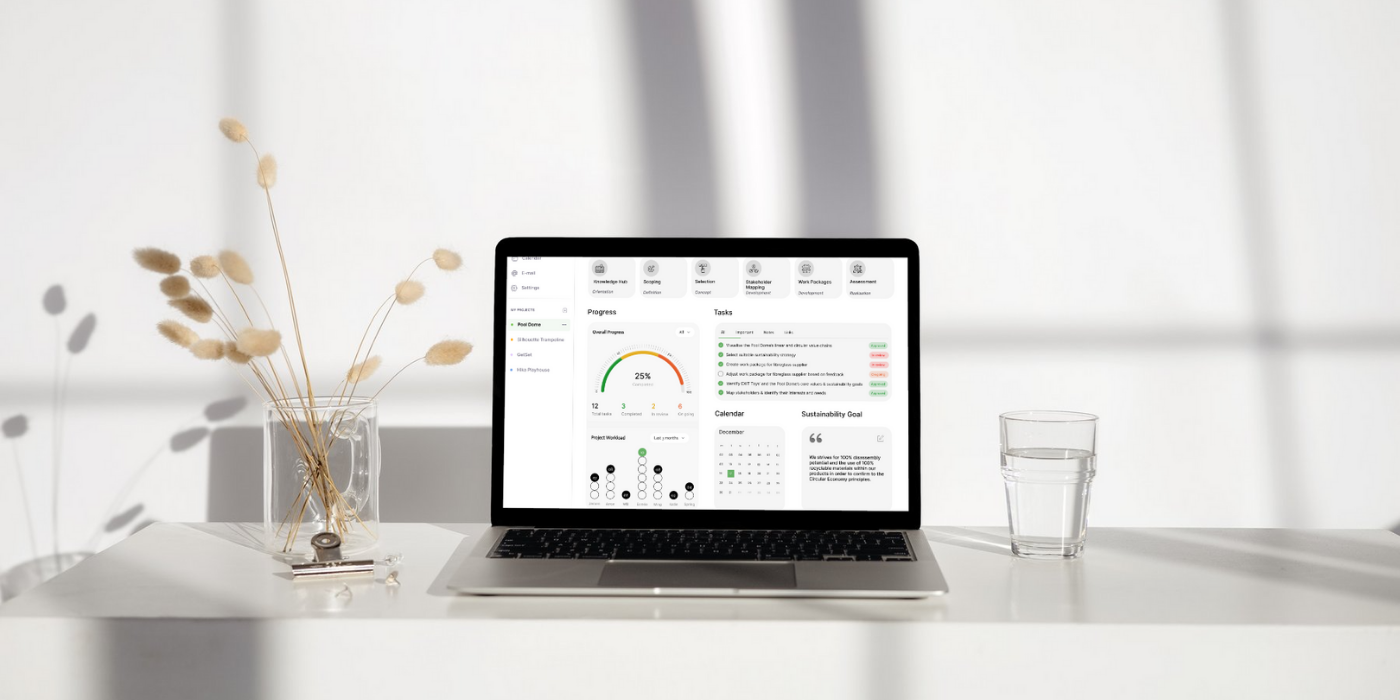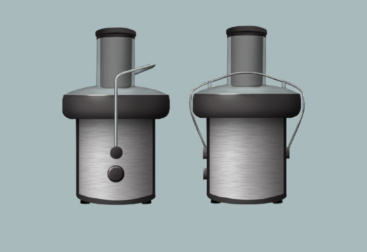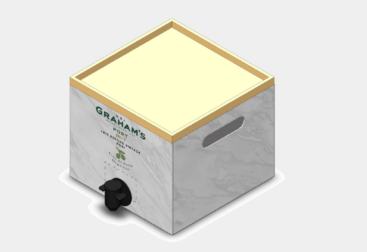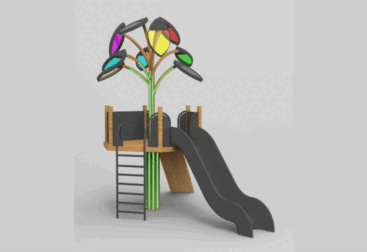The collaboration platform is the deliverable of my Master’s thesis. Over 80% of a product’s environmental footprint can be determind within the design phase. Therefore, it is crucial to implement circular design techniques into product design. Because product development is a collaborative process, it is crucial to create a space for open communication and mutual understanding. Even more when this process is conducted globally.
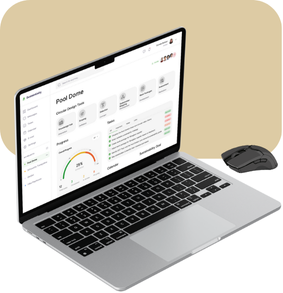
The key features of the collaboration platform are the tools that enhance circular product design in a collaborative manner.
Since it is an online platform, multiple stakeholder can partake in the sustainable product design process globally.
Key features
The key feature of the platform entails six tools:
- Knowledge hub. This feature entails information on the Circular Economy and correpsonding design techniques.
- Scoping tool. This feature consists of three exercises that help the user to identify their values and goals, as well as the product’s linear and circular value chain.
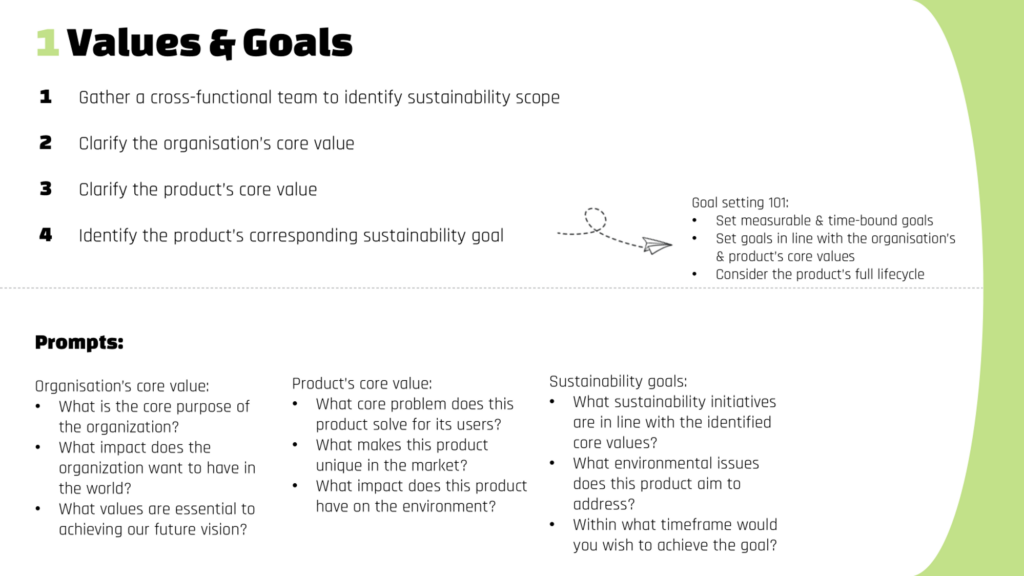
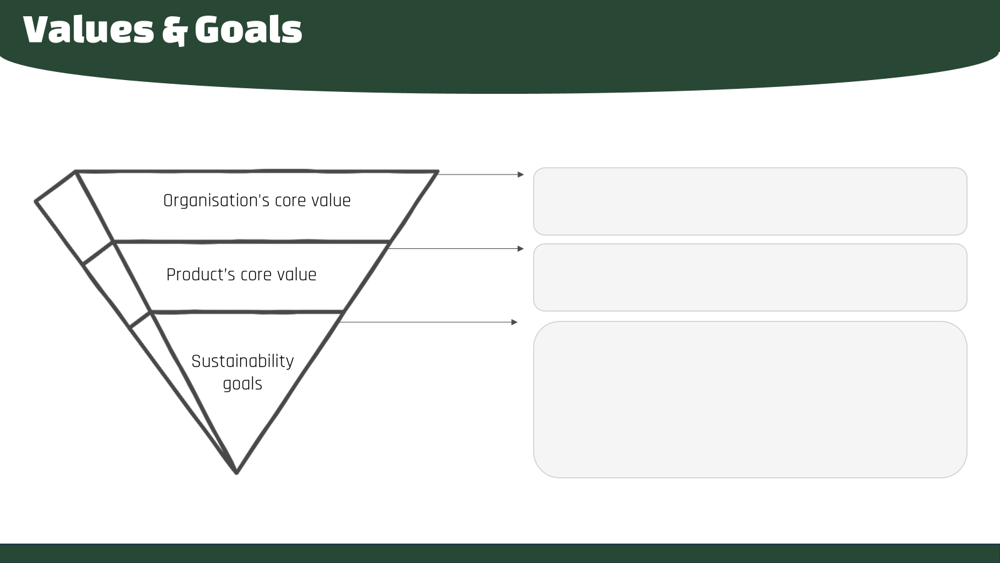
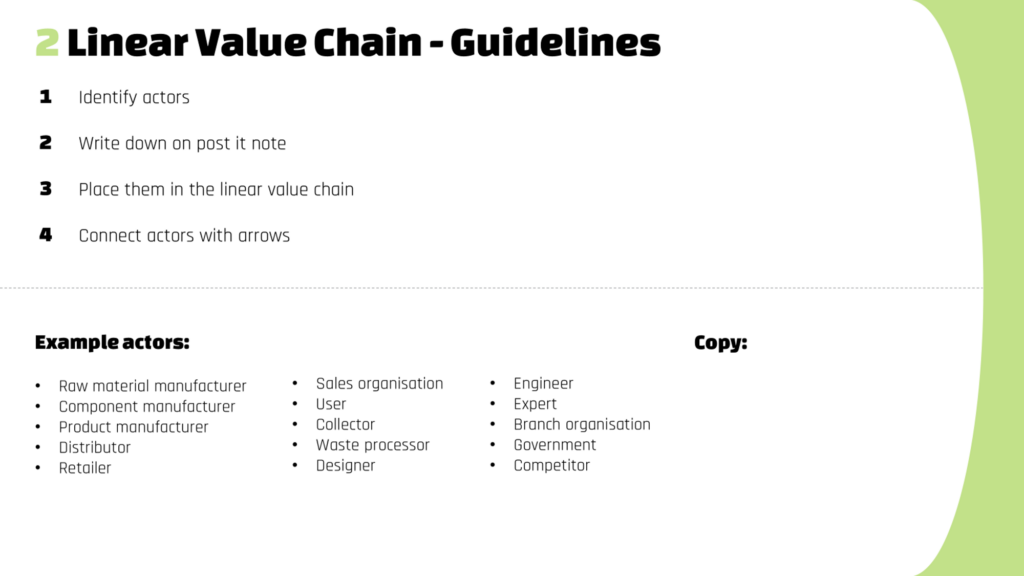
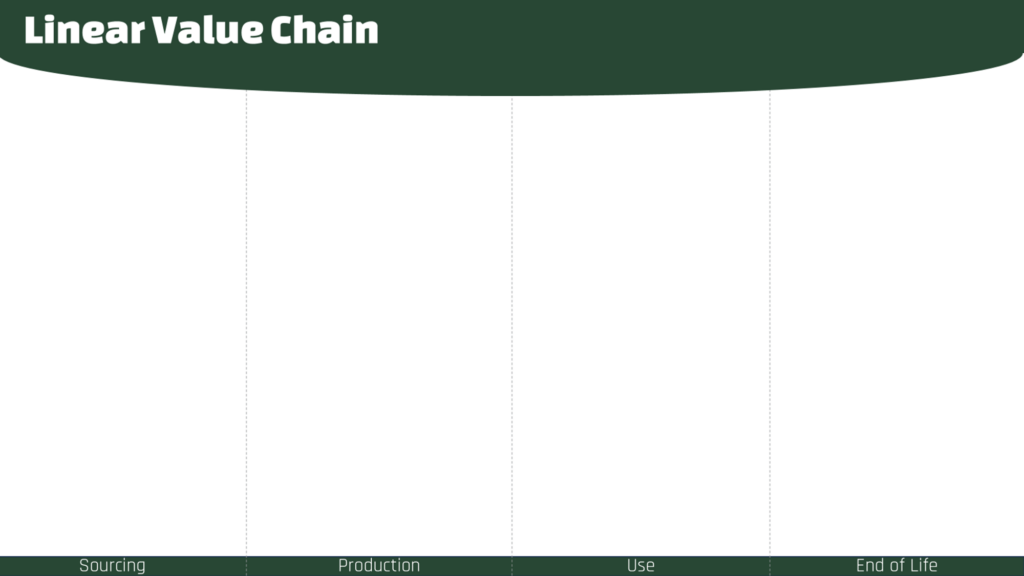
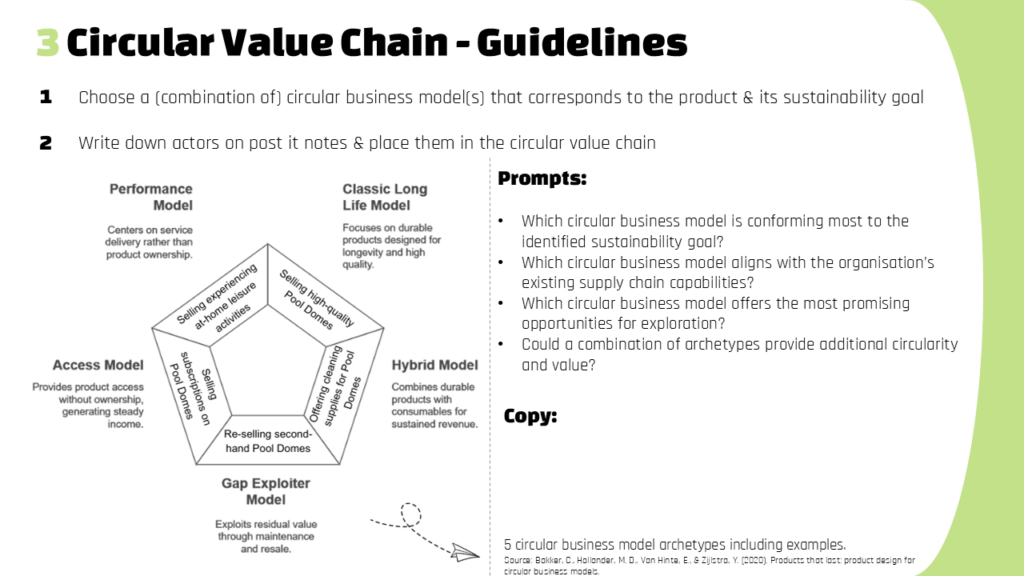
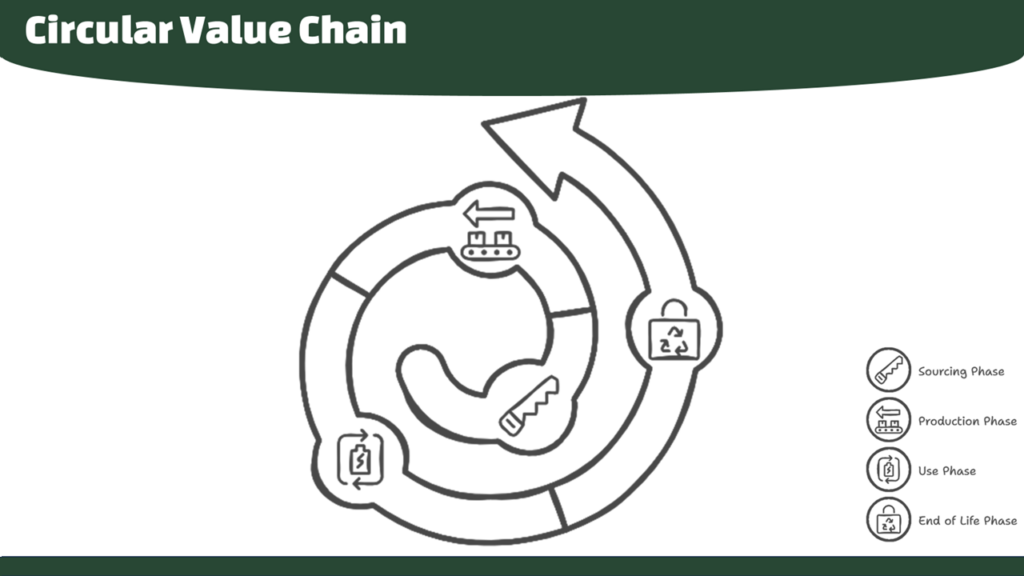
- Selection tool. This feature utilises a decision tree to acknowledge which circular design strategy can be applied to the product.
- Stakeholder mapping tool. This feature includes two exercises that support the user in identifying key stakeholders and their involvement.
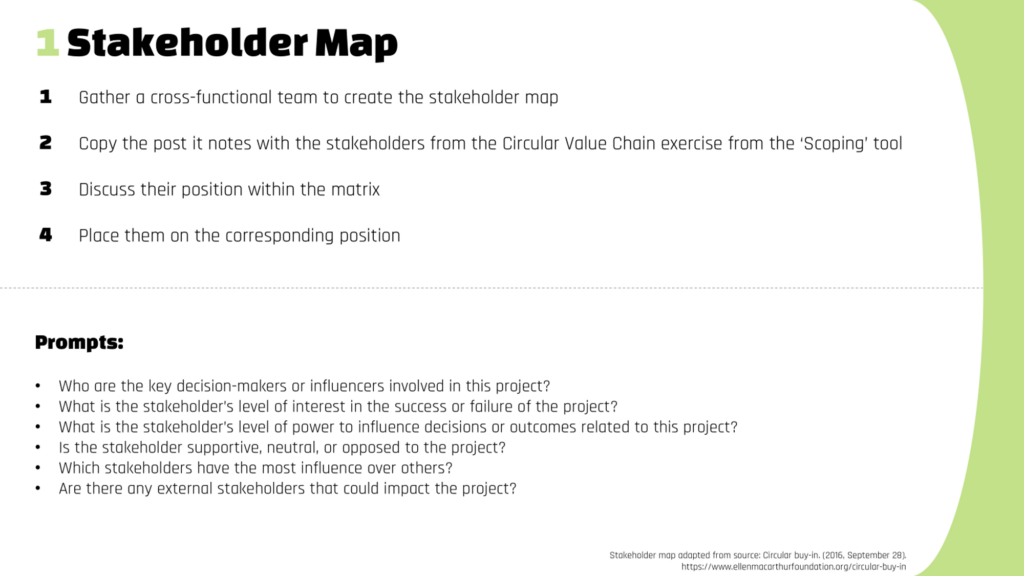
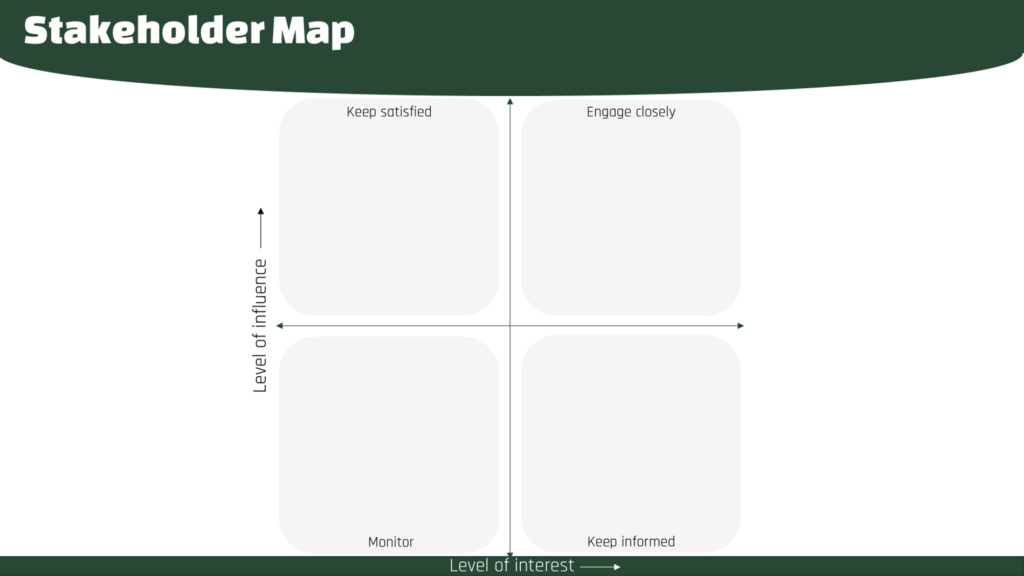
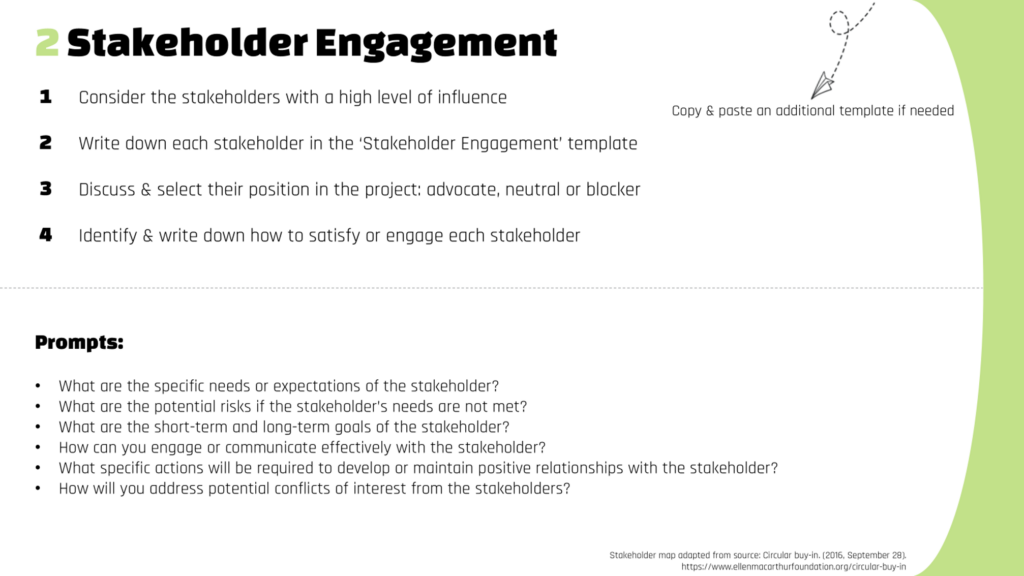
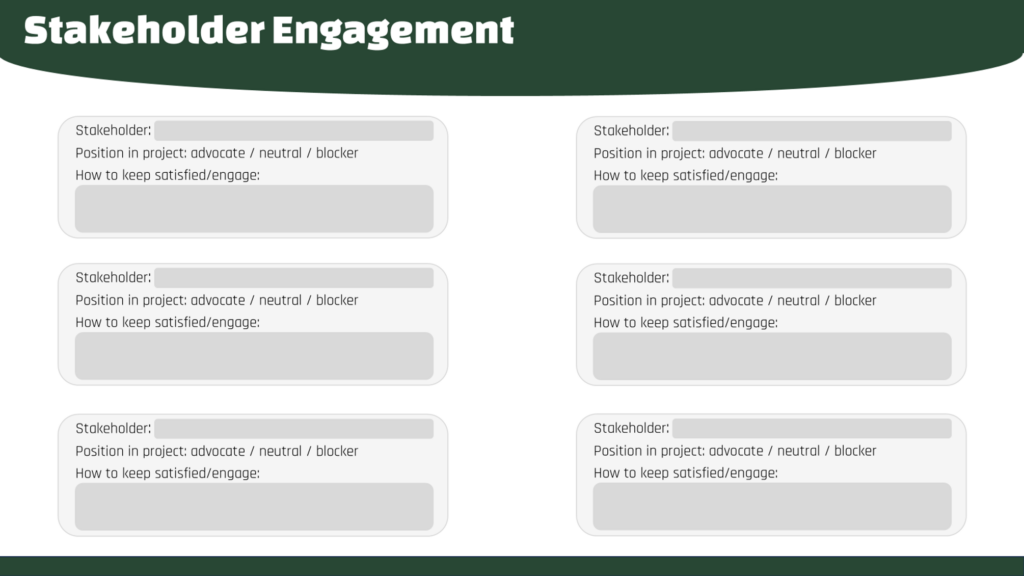
- Work packages tool. This feature uses a fillable form to construct personalised work packages for relevant stakeholders, which improves project management.
- Assessment tool. This feature encompasses a tool that evaluates the environmental impact of the product design within different product life phases.
Implementation
The collaboration platform is implemented within the company the tool is developed for. However, other product-based companies could benefit from this tool as well when aspiring to implement circular product design within their collaborative product development process. Currently the platform is being tested within the company whereby iterations will follow for further development.
